
|
|
|
|
|
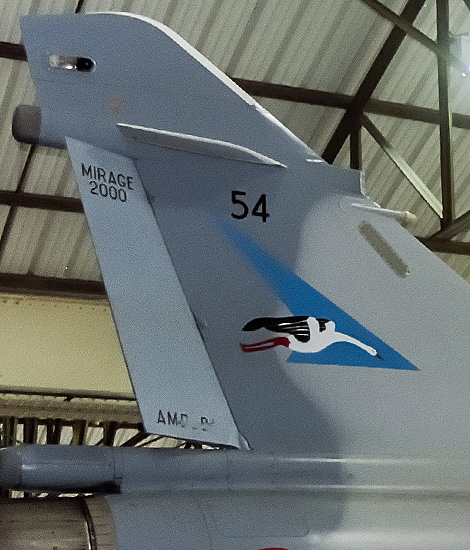
|
La 2ème Escadre de Chasse; Dijon-Longvic, July 16, 2000
Traditions of the Second Escadron; Text and Photograph's by Alex van Noye
Nowadays, Dijon-Longvic is home to the French La 2ème Escadre de Chasse. This unit is equipped at Base-Aerienne Dijon with the Dassault Mirage 2000-5F and operates in the air defense role. As with many French units, the history of this escadron started with the formation of the SPAs during the First World War.
The French airbase Dijon-Longvic (Base aérienne 102 Dijon) is an air force base of the French Air Force (Armée de l'Air). The airfield is located about 3.5 km east of the town of Longvic near Dijon in the east of France. Dijon is the home of the 2 Escadron (2nd Escadre de Chasse) of the French Air Force. The Dijon-Longvic Air Force Base is one of the oldest French Air Force airfields since 1914. The airfield was heavily used by the French Air Force during the First World War. During the Second World War the airfield was attacked by the Luftwaffe during various attacks during the battle of France. Dijon was taken by the German army on May 25, 1940. The Germans also actively used this airfield during the war. In the end, Dijon was taken over by the Americans on September 12, 1944. The Americans used Dijon to station the bombers that would attack Germany in the final stages of the Second World War. From 1949, Dijon was returned to the French government and EC2 was based on this airbase. Dijon became the first air base which was equipped with a jet fighter in the form of the De Havilland 100 Vampire. In 1956, the Mirage III made its appearance at EC2. The air force would fly a very long period with this aircraft at Dijon. It was not until 1984 that the Dassault Mirage 2000C arrived which was later followed up by the Mirage 2000-5F in 1999. Dijon is now a modern front-line airbase of the French Air Force. The Mirage 2000 is still the most important fighter plane which the French Air Force has in its orbat.
The first squadron which is part of EC2 is Escadron de Chasse 1/2 (EC01.002) "Cigognes". This unit contains the historic traditions of SPA 3 and SPA 103, both of which were active during the First World War. SPA 3 was founded in July 1912 in Avord in the middle of France. The other unit SPA 103 was founded on Dijon in August 1914. At the end of the First World War, these two squadrons belonged to the battle group GC12. This group was referred to in France as the "Cigognes". SPA 3 is named after Guynemer, who during the First World War was a true Ace with over 54 air
|
|
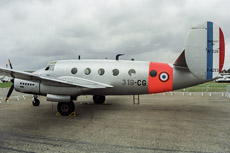
|
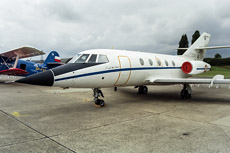
|
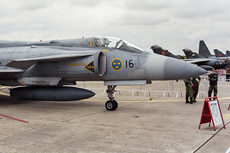
|
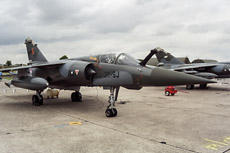
|
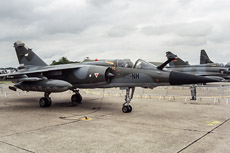
|
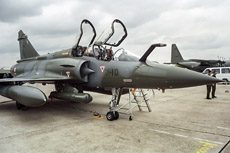
|
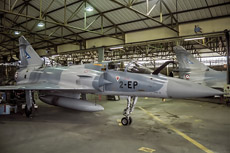
|
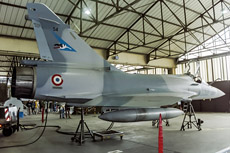
|
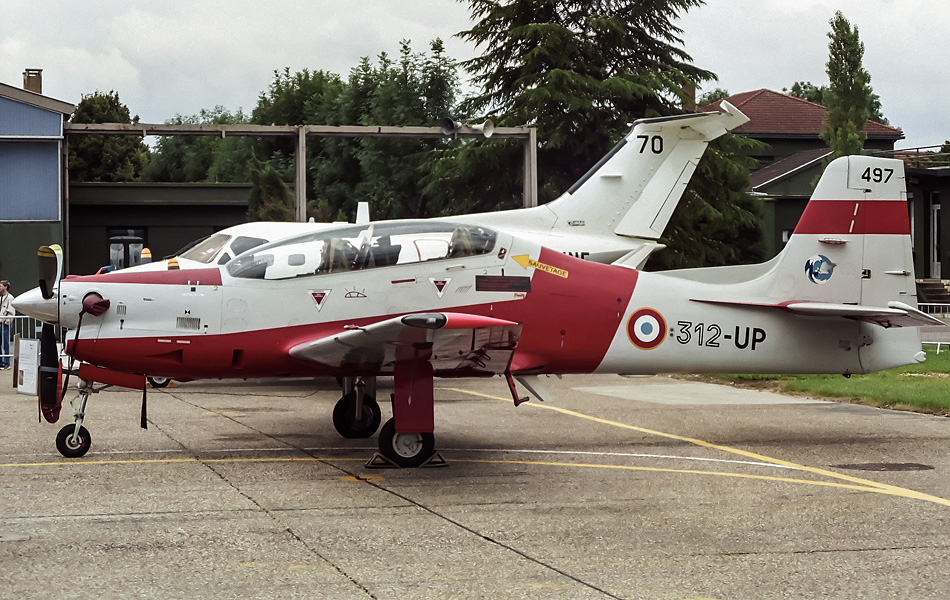
|
victories. The Fonck name, which won more than 75 air victories in the same war, was linked to SPA 103. On January 1, 1920, SPA 3 and SPA 103 became the first and third squadrons of the first group of the 2nd Regiment of Strasbourg. The units flew with the SPAD type VII and XIII and were later equipped with the Nieuport 29 in 1924, the Blériot SPAD 81 in 1928 and the Nieuport 62 and 622 in 1929. After the dissolution of the 2nd Fighter Regiment in September 1933, these two squadrons went to the 1st group of the 2nd Fighter Escadron which was founded in Tours. With a record of 28 victories at the end of the Battle of France, the unit was disbanded on August 20, 1940 in Nimes Courbessac, but re-established on July 1, 1941 in Chateauroux. The unit moved to North Africa on November 10, 1942. After the Second World War, the two escadrilles became part of EC2. EC01.002 was first equipped with the Vampire and the Mystere and from 1961 the unit flew with the Mirage IIIC. From 1984 to the present EC01.002 flies with the Mirage 2000 from Dijon.
The second unit which is part of EC2 today is the Escadron de chasse 2/2 "Côte d'or" (EC02.002). This escadron carries the traditions of SPA 65 "Chimère d'Argent" which was founded in Lyon in 1915. The traditions of SPA 57 "Mouette" also exist in EC02.002 and was founded in Lyon in 1915. Finally, the traditions of SPA 94 "La mort qui Fauche" also belong to EC02.002 and was founded in Châlons-sur-Marne on June 1, 1917. These three squadrons belonged to the battle groups GC 13, GC 11 and GC 18 respectively at the end of the First World War. In January 1920 SPA 65 and SPA 57 were the 5th and 7th squadron which were assigned to the 2nd Fighter Regiment of Strasbourg (GC II/2) on Tours. The units are equipped here with the same types of aircraft as like SPA 3 and 103 since May 1, 1939. GC II/2 (SPA 65, SPA 57) achieved a total of 39 air victories during the Battle of France with the Morane Saulnier 406 (MS 406). The unit was be dissolved on August 20, 1940 in Nîmes Courbessac. SPA 94 managed to achieve more than 40 air victories against the Germans during the First World War. After the First World War, SPA 94 was based on the French airbase Bourget near Paris. The unit remained on this basis until 1932 as part of the 34th Regiment Composite Aviation (34 RAM). After this period, SPA 94 would become part of GC I at Villacoublay and later in 1934 at Etampes. The escadron is equipped here with the Dewoitine 510. After the Second World War, SPA 94 becomes part of EC02.002 on Tours. After 1949 when the unit went through life as EC02.002, there was flown with the same aircraft as with EC01.002.
On Dijon, besides these first two escadrons, a third escadron was also assigned to EC2 in the past. This unit is Escadron de chasse 3/2 "Alsace" (EC03.002). This unit was originally known as "Alsace" and belonged to the 1st Fighter group of the French Free Air Force on September 1, 1941. This unit was stationed at Rayack in Lebanon at the time, and wears the traditions of the French No. 1 Escadron that obtained 17 victories in the Tobruk War. The unit consisted of two escadrilles "Strasbourg" and "Mulhouse" without a number. The escadron was equipped with twelve Morane 406 aircraft, under the command of Commander Tulasne. Escadron "Alsace" was in charge of the defense of the Lebanese coast and protects the territorial waters and maritime elements in Cyrenaica. In October 1942 the group won 19 official air victories in England. Early 1943 the intensive training began in Turnhouse (Scotland) and then in Biggin Hill in preparation for the invasion. The unit was regularly involved in air battles and missions in Brittany and Normandy. On June 6, 1944 the planes flew over the beaches of Normandy. On the 13th of June, this unit landed for the first time on French soil near Bayeux. Until 1993, this unit was based on Dijon where it flew with the Mirage IIIB. The unit was then ultimately based at Colmar as part of EC30.
|
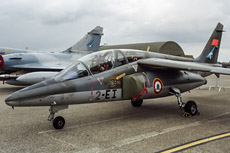
|
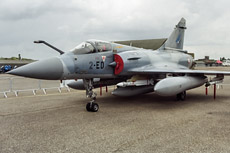
|
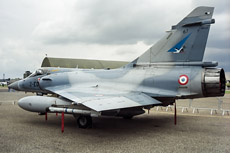
|
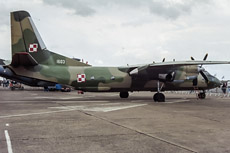
|
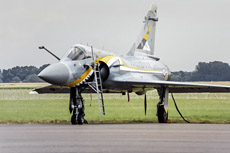
|
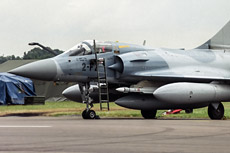
|
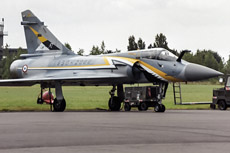
|
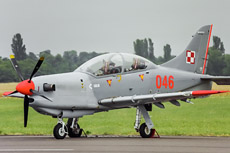
|
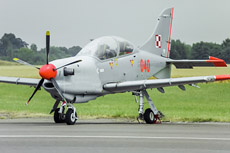
|
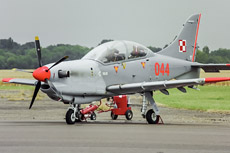
|
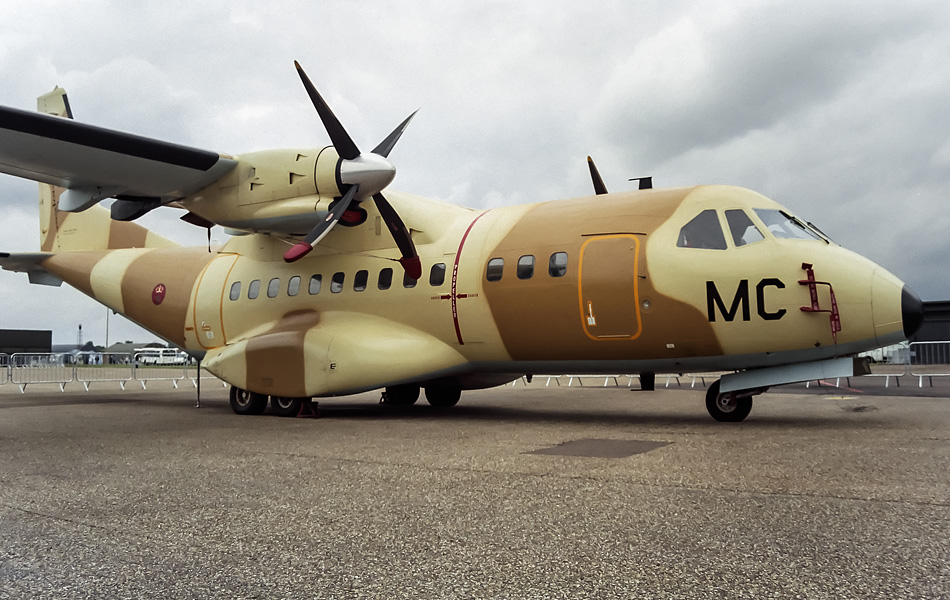
|
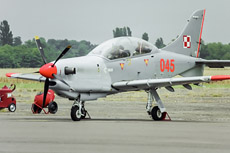
|
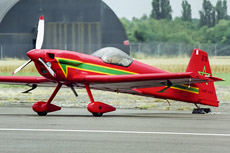
|
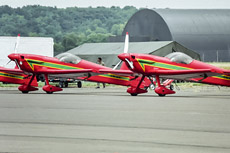
|
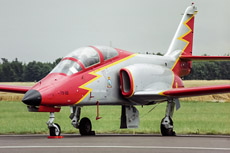
|
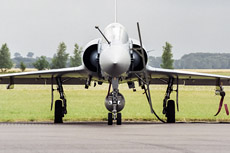
|
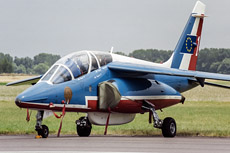
|
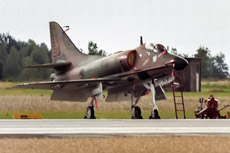
|
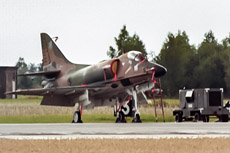
|
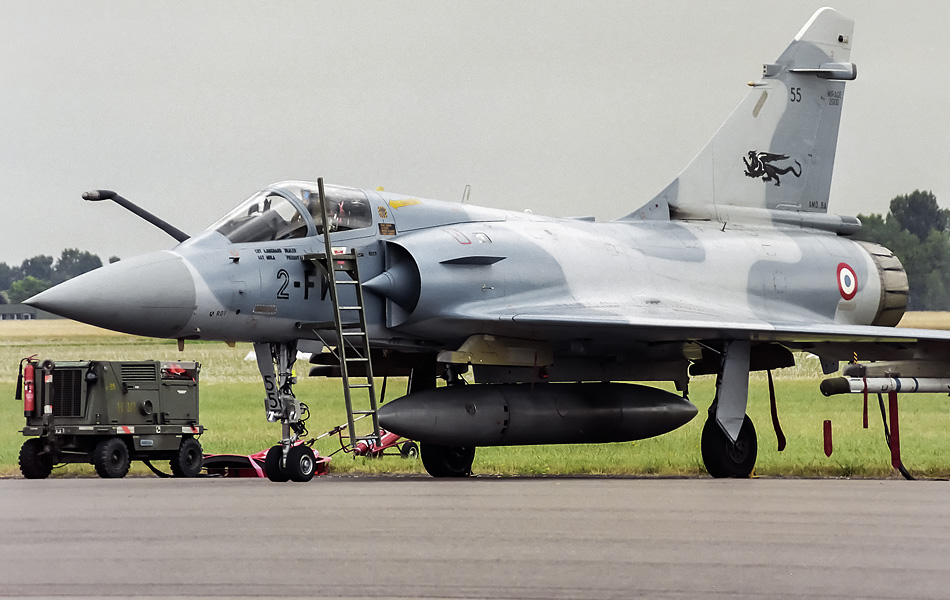
|
|
|

|







